Policy Statement Samples
-
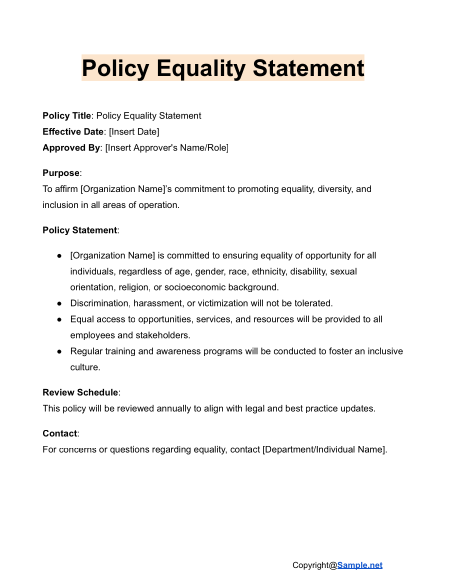
Policy Equality Statement
download now -
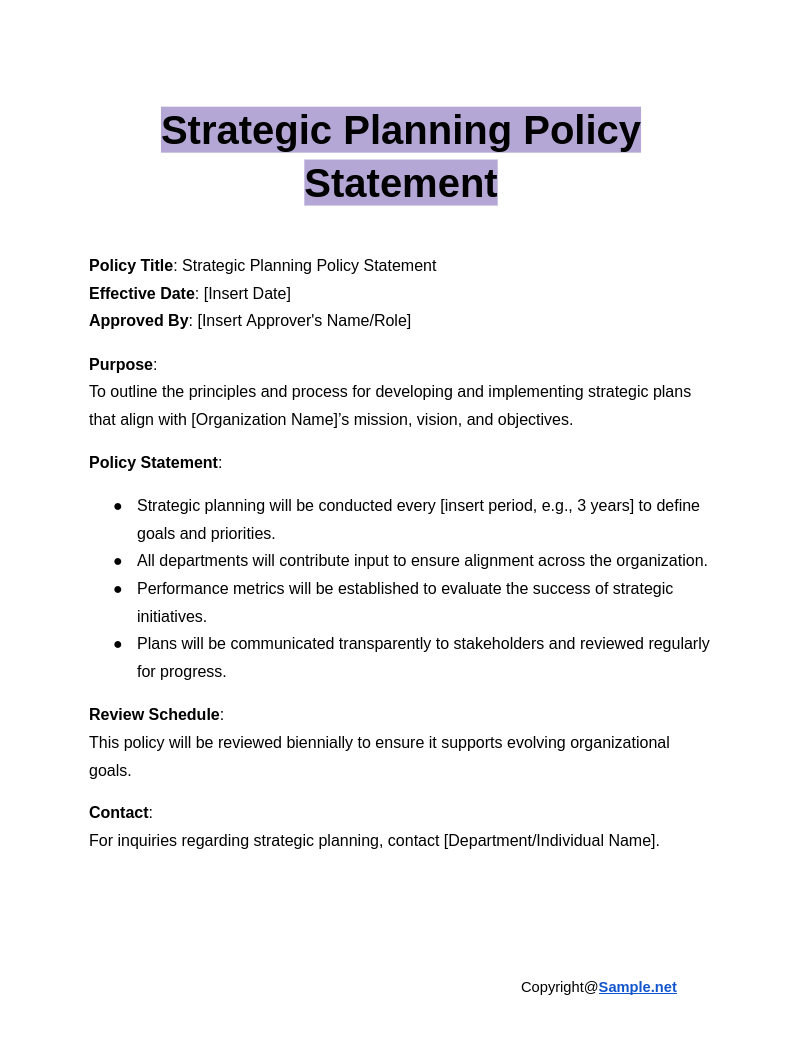
Strategic Planning Policy Statement
download now -
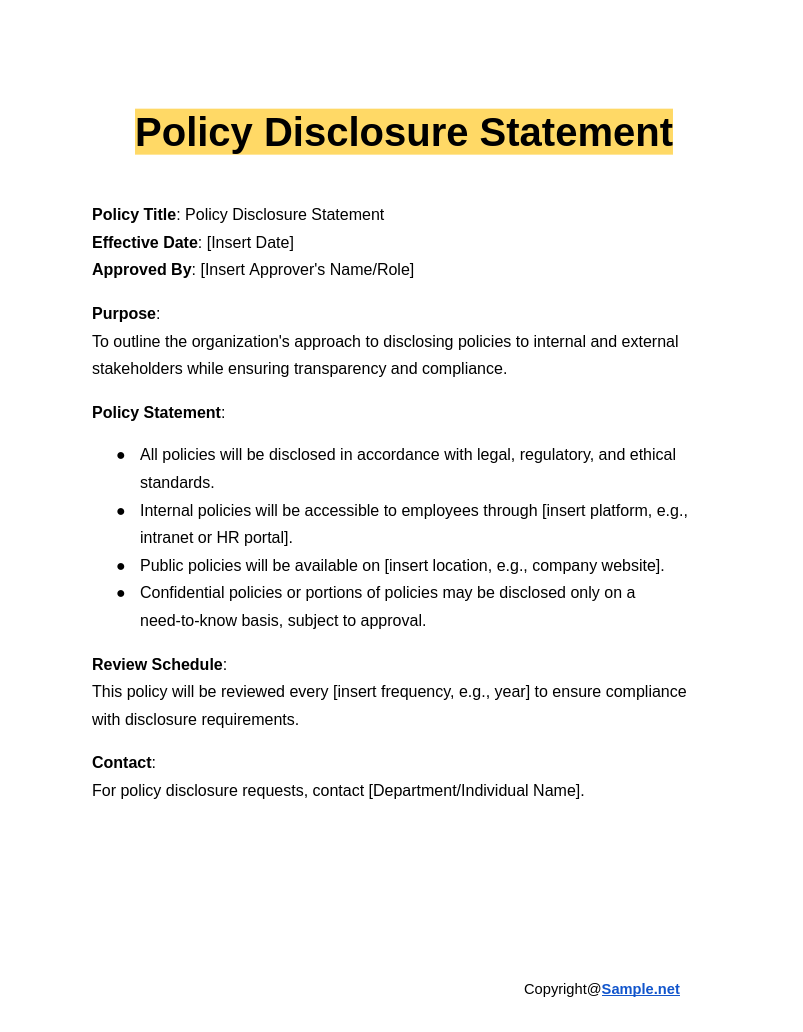
Policy Disclosure Statement
download now -
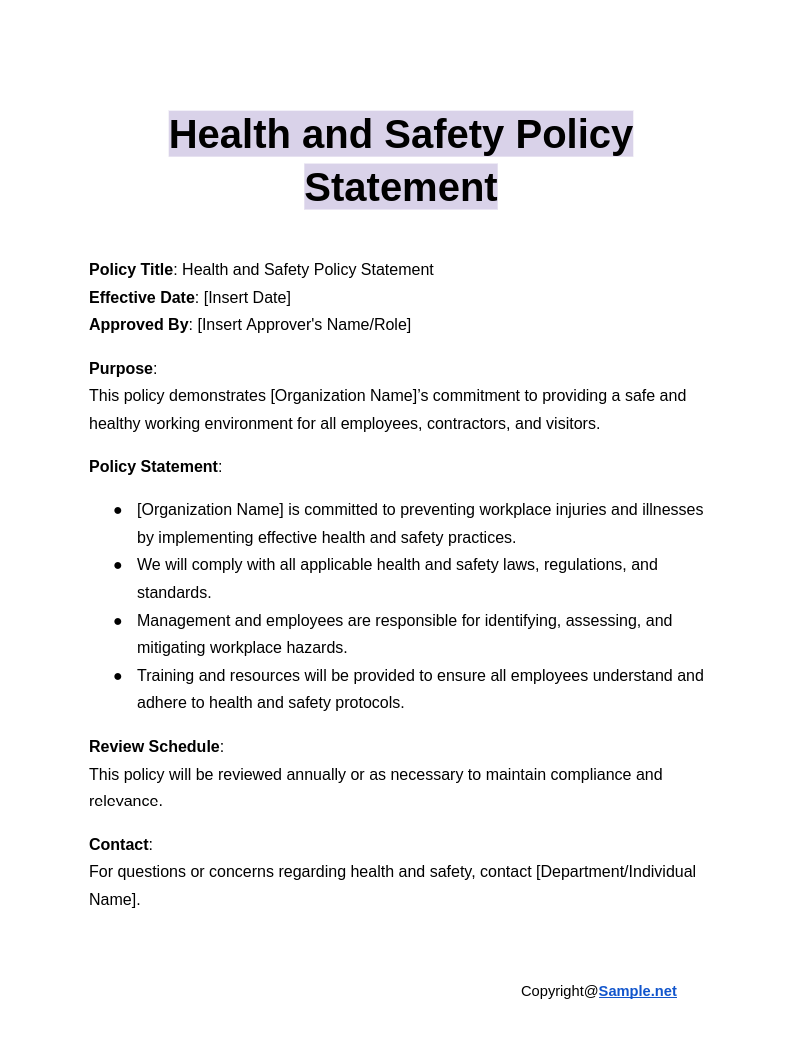
Health and Safety Policy Statement
download now -
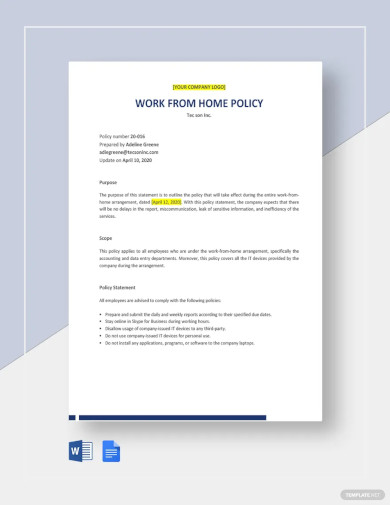
Work From Home Policy Statement Template
download now -
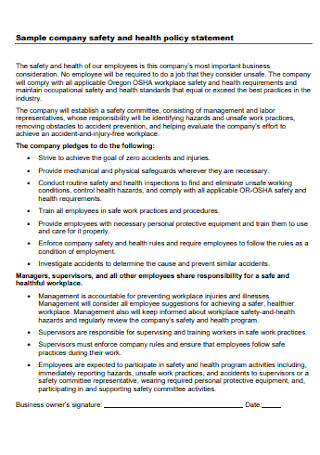
Health Policy Statement
download now -
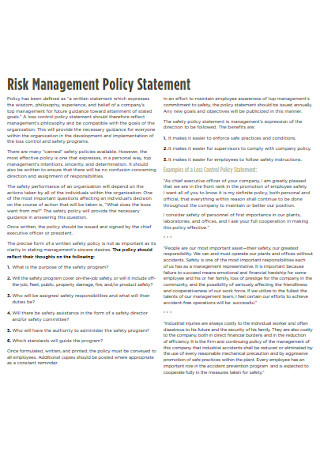
Risk Management Policy Statement
download now -

Human Rights Policy Statement
download now -
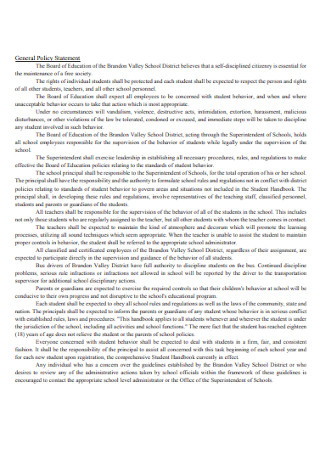
General Policy Statement
download now -
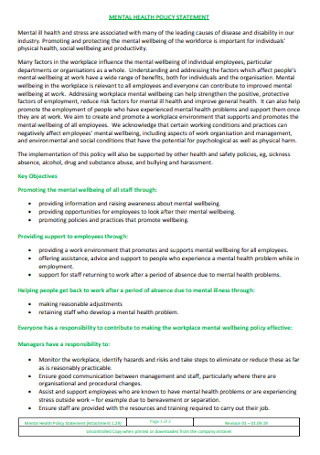
Mental Health Policy Statement
download now -
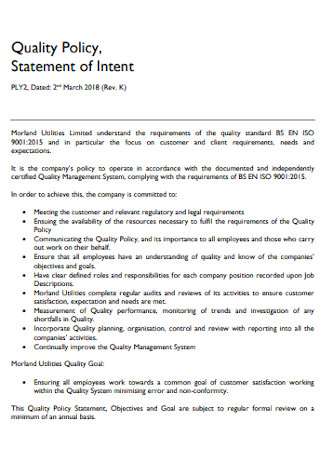
Quality Policy Statement of Intent
download now -
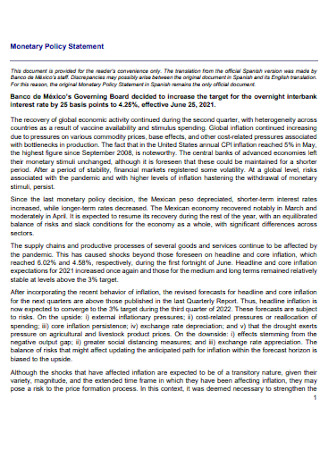
Monetary Policy Statement
download now -
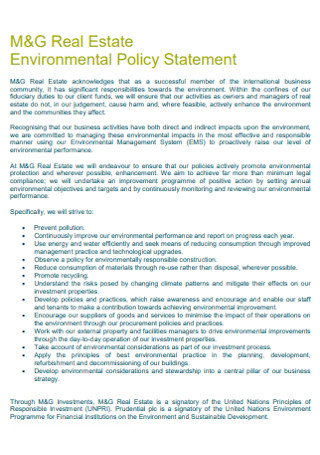
Real Estate Environmental Policy Statement
download now -
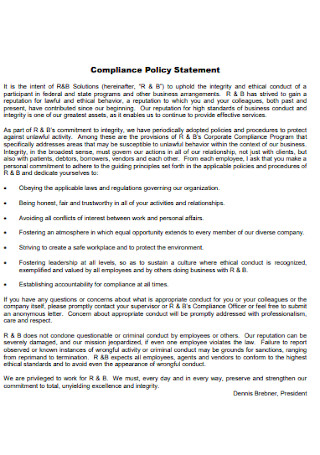
Compliance Policy Statement
download now -
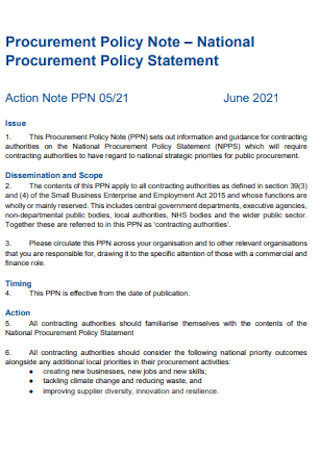
Procurement Policy Statement
download now -

Tax Policy Statement
download now -
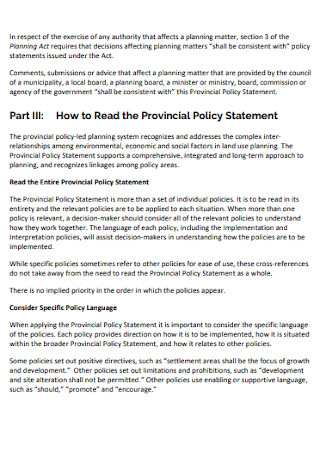
Provincial Policy Statement
download now -
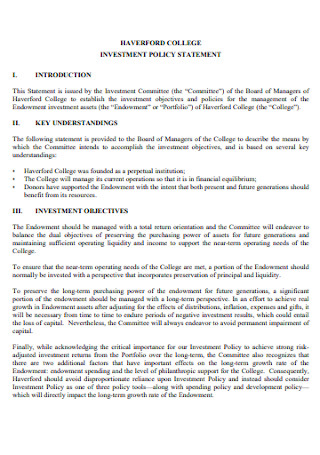
College investment Policy Statement
download now -
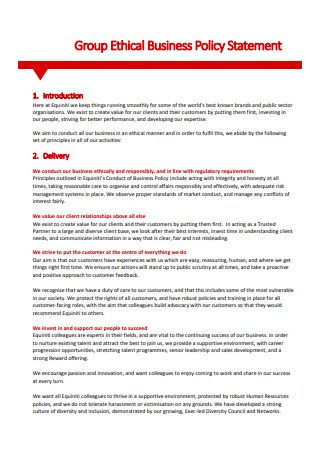
Business Policy Statement
download now -
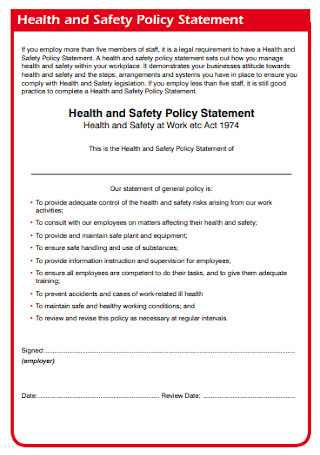
Safety Policy Statement
download now -
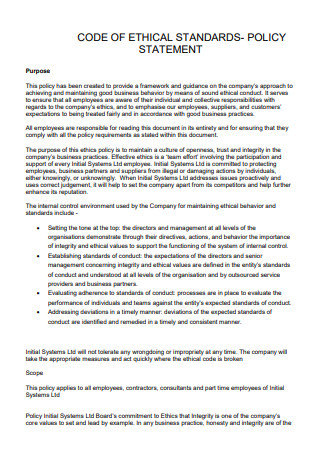
Ethical Policy Statement
download now -
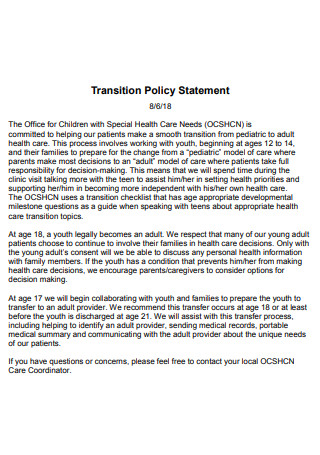
Transition Policy Statement
download now -

Privacy Policy Statement
download now -
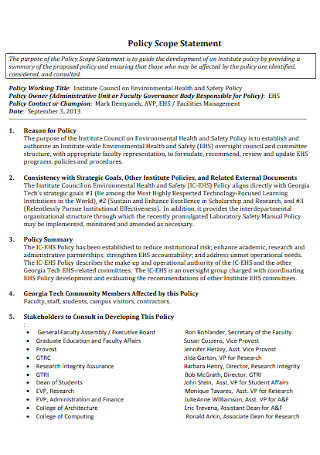
Scope Policy Statement
download now -

Corporate Sustainability Policy Statement
download now -
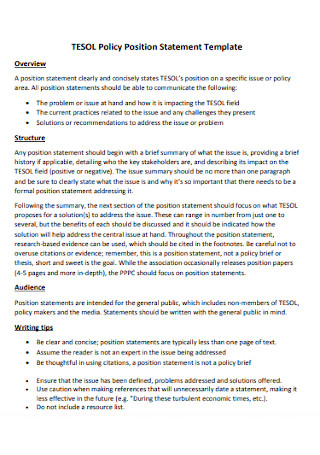
Policy Position Statement
download now -
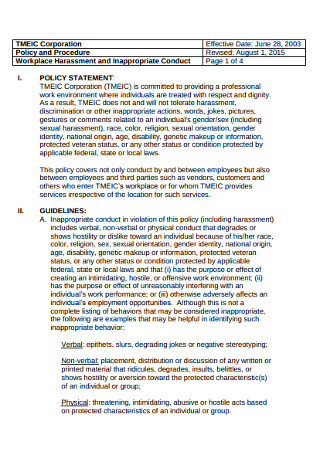
Simple Policy Statement
download now -
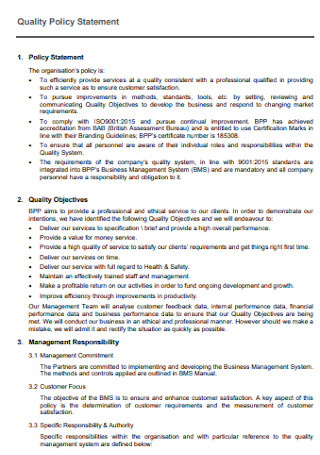
Construction Quality Policy Statement
download now -
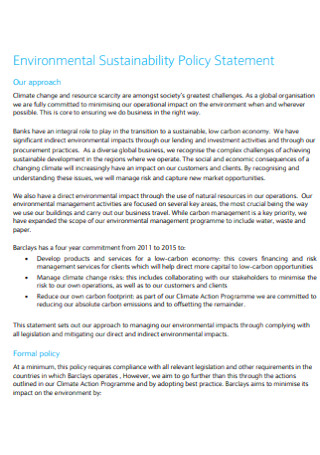
Sustainability Policy Statement
download now -
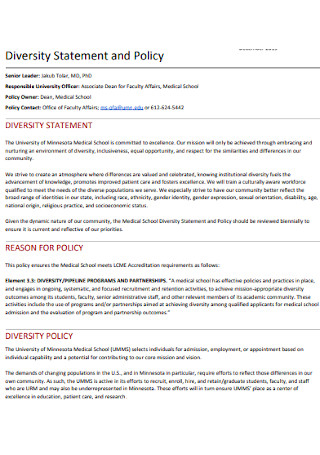
Diversity Statement and Policy
download now -
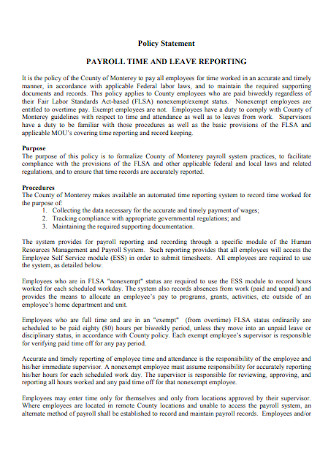
Payroll Policy Statement
download now -
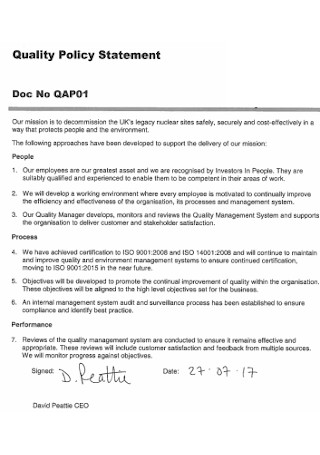
Basic Quality Policy Statement
download now -
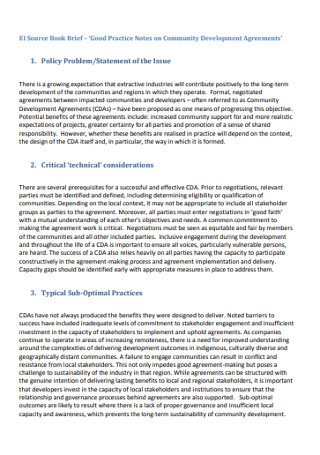
Policy and Problem Statement
download now -
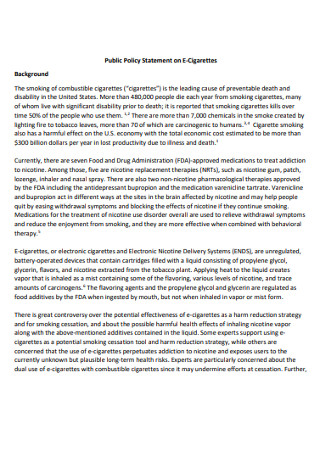
Public Policy Statement
download now -

Quality Policy Statement
download now -
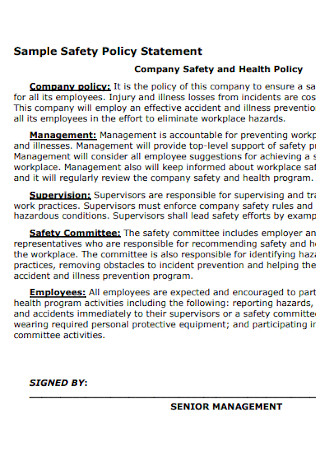
Sample Safety Policy Statement
download now -
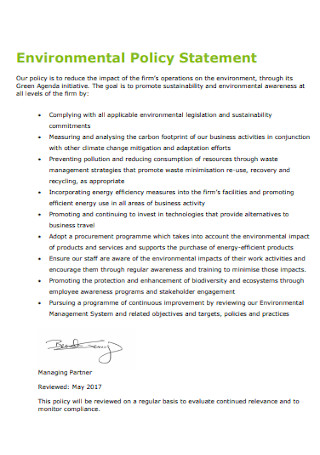
Environmental Policy Statement
download now -
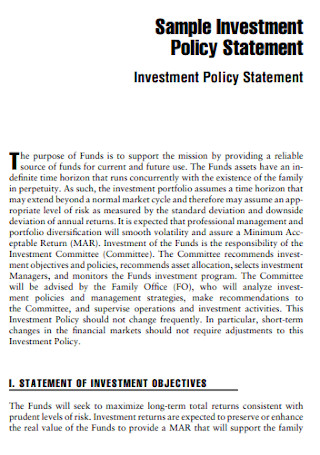
Sample Investment Policy Statement
download now -
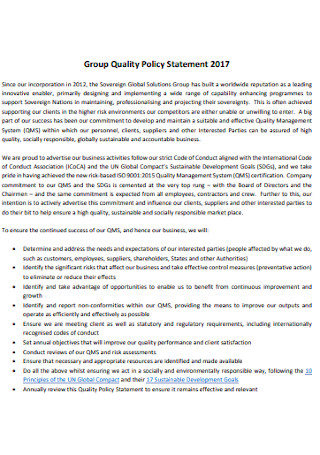
Group Quality Policy Statement
download now -
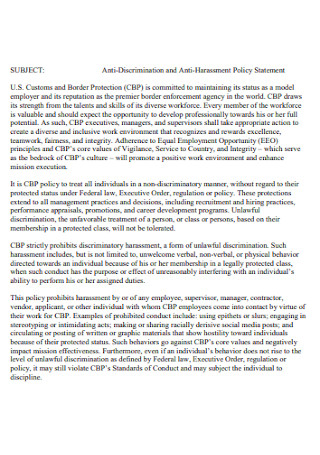
Harassment Policy Statement
download now -
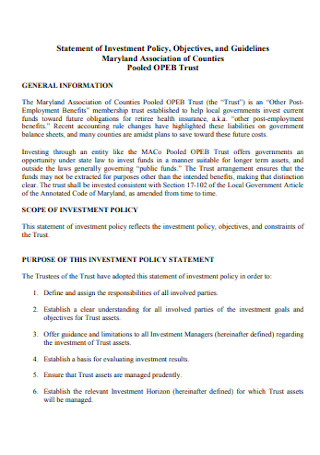
Statement of Investment Policy Example
download now -
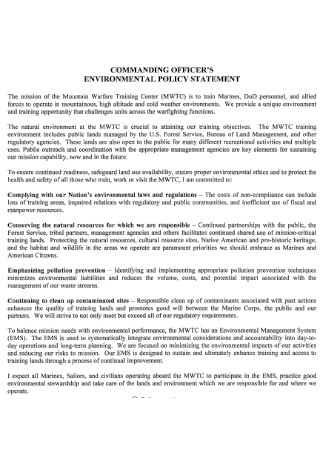
Officers Environmental Policy Statement
download now -
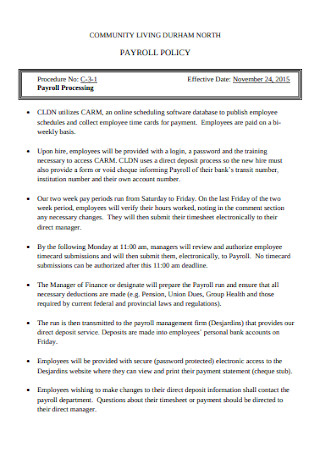
Payroll Policy Statement
download now -

Return to Work Policy Statement
download now -
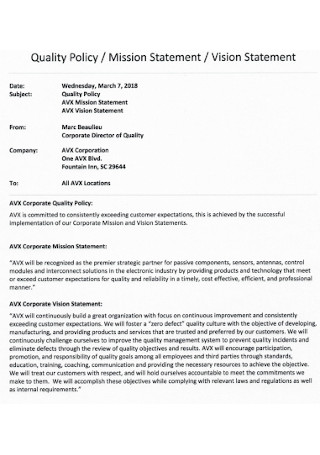
Policy Vision Statement
download now -

Confidentiality Policy Statement
download now -
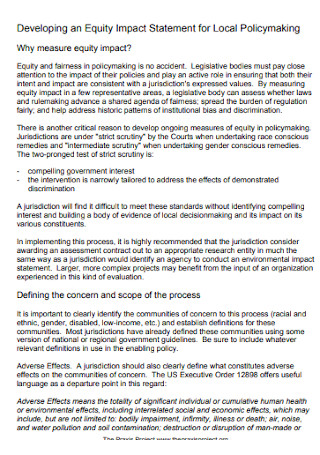
Statement for Local Policy
download now
FREE Policy Statement s to Download
Policy Statement Format
Policy Statement Samples
What is a Policy Statement?
Elements of an Effective Policy Statement
How to Write a Policy Statement
FAQs
What makes a policy statement effective?
Why are policy statements important to an organization?
Why must policy statements be documented?
What are the key components of an effective policy statement?
What challenges might arise in creating a policy statement?
How does a policy statement differ from a full policy document?

Download Policy Statement Bundle
Policy Statement Format
Policy Title: [Insert Title Here]
Policy Number: [Insert Number]
Effective Date: [Insert Date]
Last Reviewed/Updated Date: [Insert Date]
Approved By: [Insert Approver’s Name/Role]
Applies To: [Specify the audience or scope, e.g., employees, departments, or external stakeholders]
Purpose
[State the primary purpose of the policy in clear and concise language. Why does this policy exist? What issue does it address?]
Scope
[Define who and what the policy applies to, including any exclusions or limitations.]
Policy Statement
[Provide a detailed and clear description of the policy. This section should outline the rules, expectations, or principles that the policy establishes.]
Responsibilities
[Detail the roles and responsibilities of individuals or departments in implementing and adhering to the policy.]
Procedures
[Include a summary of the steps required to comply with the policy. If detailed procedures exist elsewhere, provide references or links to those documents.]
Definitions (Optional)
[Provide definitions for any terms used in the policy that may not be familiar to the audience.]
Compliance
[Specify the consequences of non-compliance. Mention any disciplinary actions, fines, or penalties that may apply.]
References
[Include references to relevant laws, regulations, standards, or other policies that support or relate to this policy.]
Review Schedule
[State how often the policy will be reviewed and updated.]
Contact Information
[Provide the name, role, or contact details of the person or department responsible for the policy.]
What is a Policy Statement?
A policy statement refers to an organizational-level document that provides information about employees’ permissible methods or behavior at work. In short, it tells the members of an organization how things are done within its premises. Remember that policies are different from procedures and standard operating procedures because their main purpose is to guide the organization in a particular direction. Well-written policy statements cover various details regarding employee behavior charts and methods. As such, these documents undergo little to no revision in the course of years. Policy statements ensure that businesses follow legal rules and regulations for a safe work environment for every employee in the organization. Regardless of the nature of your business, or the industry you are in, most policy statements cover similar items.
Elements of an Effective Policy Statement
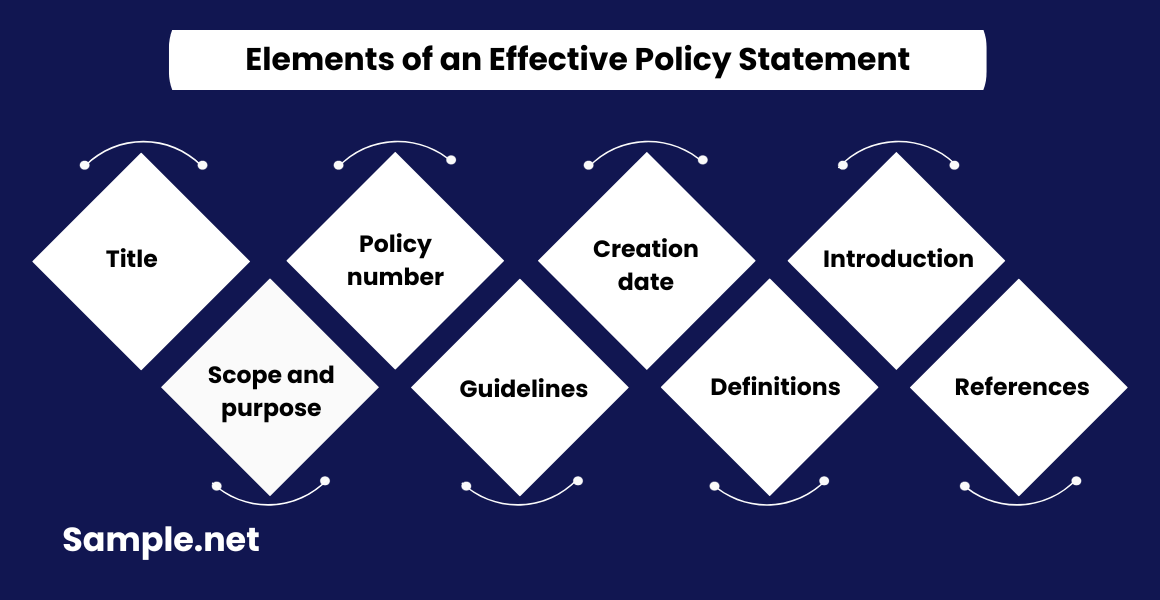
The effectiveness of a policy statement depends on the presentation of its components. A policy statement or document must refer clearly to the individuals focused on, including their titles and departments. The company policies you institute speak for the culture and environment you want to establish for your staff and organization. It is why policy statements are vital documents in your organization. Below are the components a policy statement must contain. You can also see more on Investment Policy Statements.
How to Write a Policy Statement
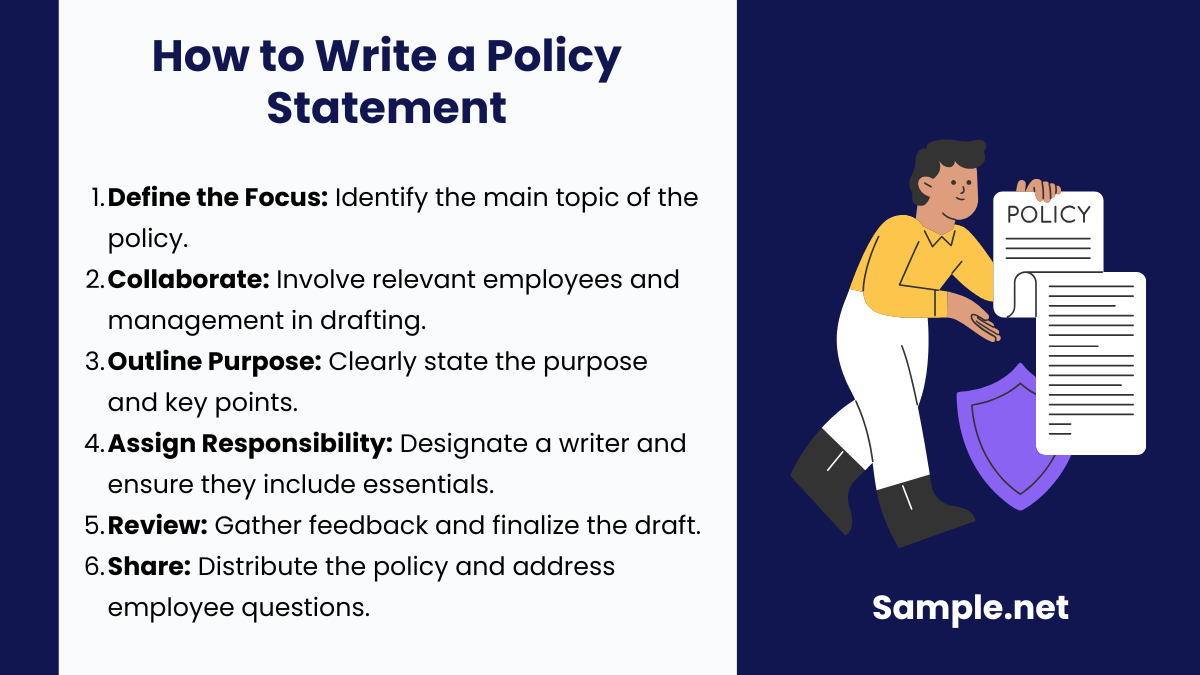
In terms of writing a policy statement, ensure that your employees can easily comprehend its contents since its purpose is to relay your expectations for employee’s work or personal behavior. Below are helpful steps to draft your company’s policy statement. You can also see more on Policy Brief.
Step 1: Identify What Needs to Be Addressed
Policy statements cover a variety of areas, from work performance, behavior, and attitude, even a policy regarding dress codes during vacations. It is best to identify the main idea of your policy statement and start writing from there.
Step 2: Involve the Employees Covered by the Policy
When writing your policy statement, make sure to draft the document with the concerned individuals. The human resource manager and the owner must also be present during the writing of the policy statement. It also helps to ask for the help of an expert power of attorney during its drafting.
Step 3: Highlight the Purpose and Content
Outline the main points of the policy, coming from the input of the individuals within the policy’s scope, and ensure it covers all necessary details. For example, creating dress codes for work, specify which clothes are appropriate or inappropriate for both men and women. You can also see more on Purpose Statement.
Step 4: Identify Who Writes the Policy Statement
The person responsible for writing the policy statement must be present in all the company meeting agendas regarding its content and has meeting minutes notes. The policy statement must contain essential elements, including the overview, purpose, scope, and enforcement.
Step 5: Review the Draft
Upon the completion of the policy statement, schedule a meeting to review the drafted document. It is also a way to elicit necessary feedback to make adjustments to finalize the policy.
Step 6: Disseminate the Policy Statement
Once there is a finalized policy statement, it is necessary to broadcast the contents. It is also advisable to hold a meeting with employees to make inquiries and clarifications regarding the statement. You can also see more on Planning Statements.
FAQs
What makes a policy statement effective?
An effective policy statement involves management and employees. A senior manager, together with representative employees, help each other to create an efficient policy statement for the organization.
Why are policy statements important to an organization?
Policy statements serve as helpful tools in guiding employees’ behavior in the workplace and influence their actions and decisions in particular situations. You can also see more on Position Statements.
Why must policy statements be documented?
Documenting policy statements allow the organization to look back on previous policies. The company can use them as references for newer policies and strongly reflects how the organization takes serious matters.
What are the key components of an effective policy statement?
An effective policy statement includes a clear purpose, concise language, alignment with organizational values, legal compliance, and measurable objectives. It should be easy to understand and actionable. You can also see more on Confidentiality Statements.
What challenges might arise in creating a policy statement?
Challenges include unclear objectives, lack of stakeholder input, failure to align with laws, or overly complex language that hinders understanding and compliance.
How does a policy statement differ from a full policy document?
A policy statement is a summary of an organization’s stance or goals, while a full policy document provides detailed procedures, implementation guidelines, and specific responsibilities. You can also see more on School Statement.
